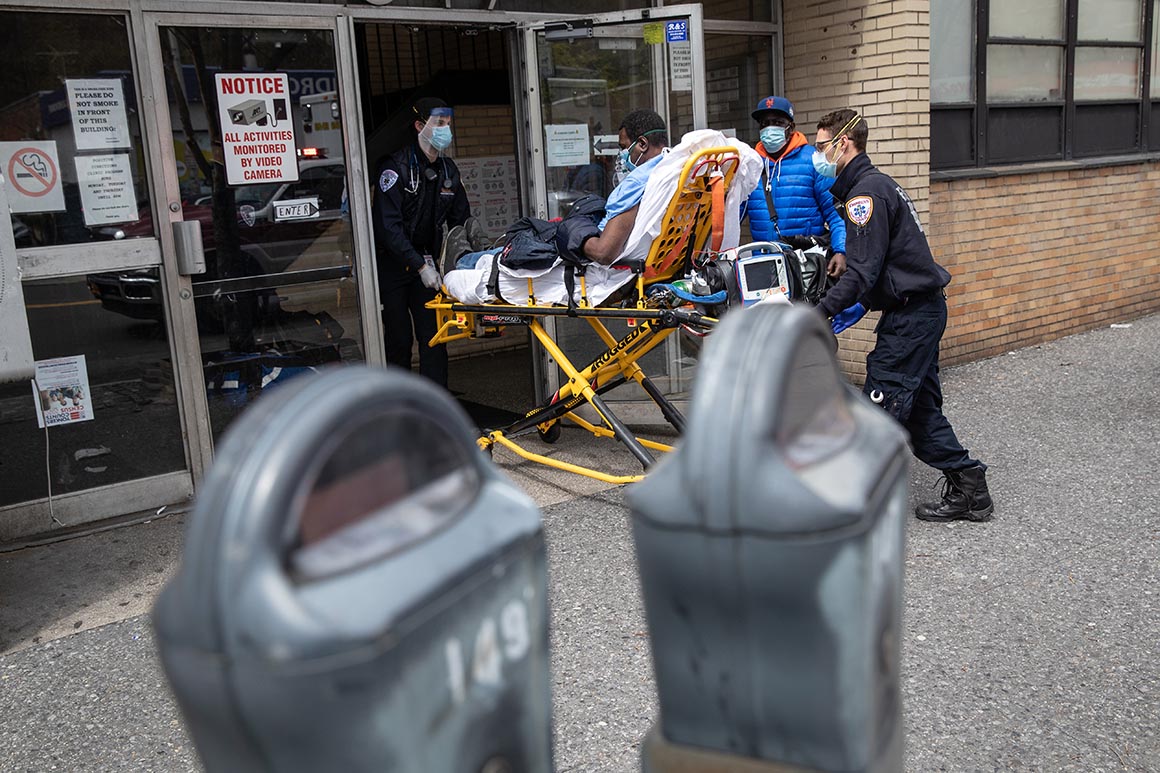
The administration sped an initial $50 billion to providers within weeks of President Donald Trump signing the bailout fund into law, doling out the money through a pair of simplified formulas.
But that criteria meant that some of the money automatically went to hospital facilities that had closed in the last year. Major corporations, including including Walmart, received aid through the provider program that they quickly sought to return.
And several large hospital chains reaped billions of dollars in federal support — with those institutions that serve wealthier, privately insured patients receiving disproportionate amounts compared with hospitals that provide more charity care, according to a Kaiser Family Foundation study.
Those first rounds of bailout funds showed up in some providers’ bank accounts with little warning, touching off a scramble to figure out how the money could be spent and under what circumstances.
Health care organizations that received the money were required to pledge that they would abide by certain conditions, such as spending the aid only on coronavirus-related expenses or to make up for revenue lost during the pandemic, and compiling financial documents that would eventually need to be submitted as part of regular reports to the administration. If they failed to do so, HHS warned it could claw back the money or launch an audit.
Yet HHS has subsequently changed the program’s guidelines on several occasions, regularly updating and altering documents meant to help walk providers through the process. For example, a May 29 update to an FAQ for the provider fund made dozens of changes compared with the prior version — including adding four new sections detailing how providers could and could not use the money.
HHS also hasn’t specified what information providers will need to include in their reports on how they’re spending the money, even though the first one is due to the department in early July.
An HHS spokesperson said the department is coordinating with other agencies on the issue, but did not give a timeline for releasing any guidance.
That’s fueled anxiety among hospitals and doctors that they’ll unwittingly misspend their funds or end up under investigation years after the crisis subsides. Encompass Health, which operates home health facilities, told investors in late May that the conditions attached to the funding were so uncertain that it opted to just return the roughly $237 million it received from the government.
“The form of the attestation associated with the acceptance of these funds remains very open-ended, and includes provisions that allows HHS or other governmental entities and committees of Congress to add terms and conditions unilaterally,” Encompass CFO Doug Coltharp said.
In other instances, providers eager for the federal aid waited weeks for funds that they were told in late April would come soon.
“We are concerned that most of our members have not received a second payment from the $50 billion general allocation fund, despite providing the required financial documentation,” the American Medical Group Association, which represents 440 medical groups and health systems, wrote in a May 27 letter to HHS Secretary Alex Azar.
The next day, many members began receiving those dollars, AMGA officials said, with the rest expected to come in this week.
Despite the frustrations, AMGA and some other industry organizations acknowledged the inherent difficulties facing HHS in administering a such a massive fund. Congress offered little instruction for allocating the aid, leaving it to the administration to create a process for quickly and securely handing out hundreds of billions of dollars.
“This is not something where there was a cookbook, or even a lengthy congressional process to work through implementation issues,” said Chip Kahn, the CEO of the Federation of American Hospitals. “They’re building this from a standing start.”
But both providers and lawmakers charged with overseeing the fund have lamented the administration’s lack of transparency. HHS has offered little guidance, in public or private, for how it’s planning to allocate funding and which organizations will qualify ahead of each round of payouts – complicating providers’ financial planning and often creating widespread confusion.
“We get no information about money that’s getting dropped until our clients start sending us screenshots of their bank deposit,” said one compliance professional who’s advising several hospitals on the federal aid.
On Capitol Hill, lawmakers have struggled to understand where the money is going. The Centers for Disease Control and Prevention houses the central list of providers that have received federal aid so far, even though it’s not among the main agencies administering the program – that duty has largely fallen to the tiny Health Resources and Services Administration.
And a required May 26 report to Congress on the fund’s status clocked in at three pages, and included only basic information that was already almost a month out of date.
That’s left little clarity about when the administration will make its next major payout, which Medicaid-heavy providers will qualify and even how much it’s setting aside for those still awaiting their pandemic aid.
“Exactly what is the size of the pot we’re talking about for our Medicaid provider funding allocation?” Rollins said. “We’re not really sure what the answer to that is.”
Rachel Roubein contributed to this report.
Source: politico.com
See more here: news365.stream






